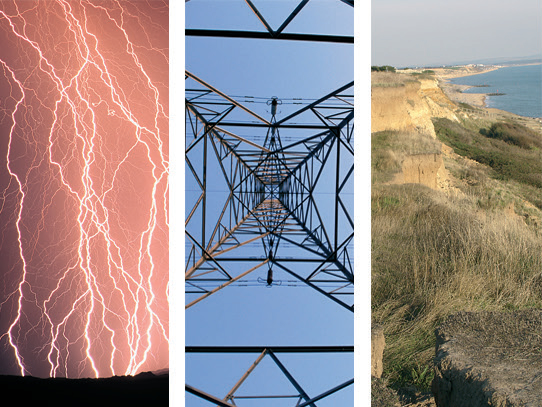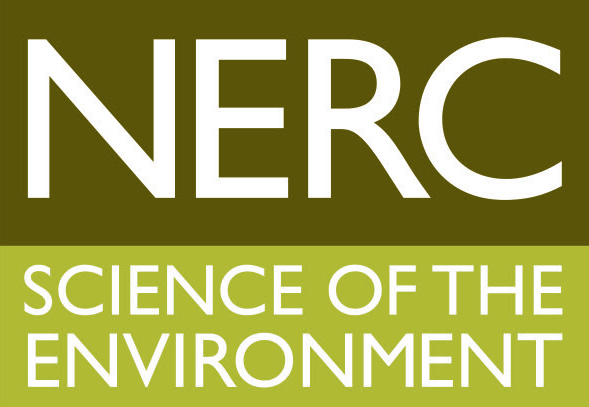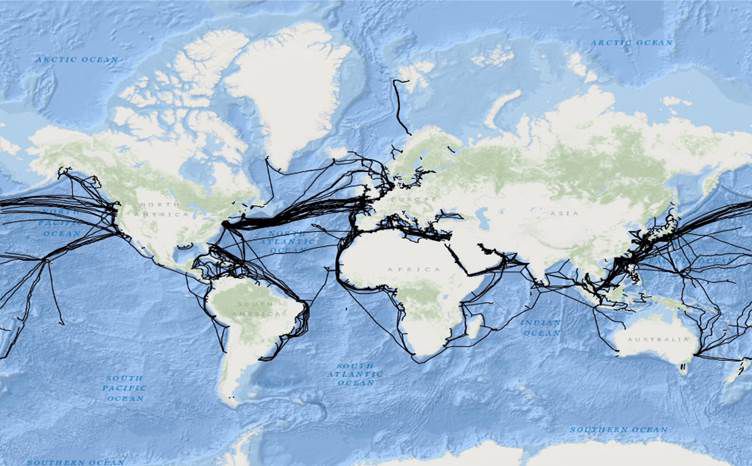
Environmental Risks to Infrastructure Innovation Programme



CIRIA Ref:
NERC Ref:
Start Date:
23
NE/N012798/1
01/01/2016
Case Study:
Call Year:
End Date:
Research Institution:
National Oceanography Centre
Principle Investigator:
Dr Peter Talling
CO Investigator(s):
James Hunt, Ed Pope, Michael Clare
Industry Partners:
Atkins Global, Chevron Energy Technology Company, Flintshire Geoscience Limited, Global Marine Systems Limited, HR Wallingford Ltd, Long Haul and Submarine Systems, Ocean University of China, Scottish Water, Shell International Exploration & Produce, Vict
Hazards
Submarine geological hazard
The aim of the project was to gain and disseminate knowledge on the industry challenge of why exactly, how often, and where are seafloor cables broken by natural causes, primarily subsea landslides and sediment flows. The global economy relies on uninterrupted usage of a seafloor network of telecommunication cables that carry ~99% of all inter-continental digital data traffic. Multiple cable breaks in important regional hubs can have major implications, and repairs can cost up to £100 million.

Open access paper on “Damaging sediment density flows triggered by tropical cyclones”
Open access report hosted by the International Cable Protection Committee on “Direct monitoring of active geohazards: emerging tools for deep-water assessments”
Open access paper on “Preconditioning and triggering of offshore slope failures and turbidity currents revealed by most detailed monitoring yet at a fjord-head delta”
Highlights from the Annual Plenary Meeting of the International Cable Protection Committee featuring a keynote presentation by Mike Clare (Project Co-investigator)
Copyright © 2018 Ciria.